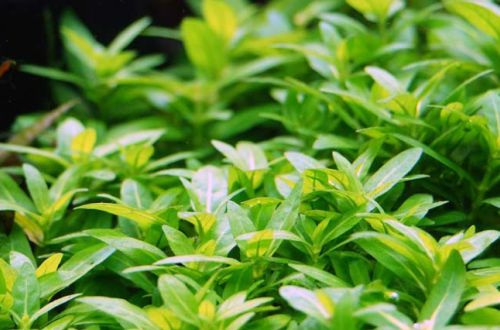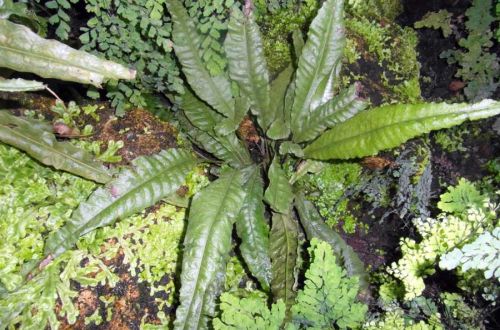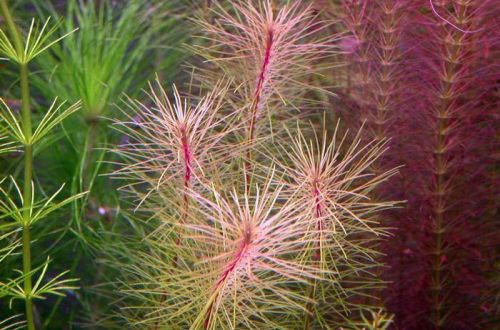
Stauroga repens
Staurogyne repens or Staurogyne creeping, scientific name Staurogyne repens. First introduced as an aquarium plant in 2008 by Tropica. However, until that time it was also found on sale, but was erroneously identified as Hygrophila large-leaved.

The plant is native to South America. The first specimens of this species were collected in the Brazilian state of Mato Grosso along the banks of the Rio Cristalino River. In nature, it mainly grows in the air on rocks or crevices in well-lit areas. Nevertheless, Staurogin repens is able to successfully grow under water, due to which it is actively used in the design of aquariums.
The underwater form is a low-growing bush of closely spaced stems and a creeping rhizome, on which new shoots appear. The leaves are arranged in pairs on a whorl and reach no more than 4-5 cm in length and a width of about 1 cm. The shape is different – ovate, elliptical or lanceolate.
It is worth noting that the young growth looks more like a herbaceous plant, forming a continuous “green carpet” during growth.
Optimal growth conditions are provided in warm water from 20 to 30°C and a high level of light. With a lack of light, the distance between the whorls increases, thereby creating the effect of a thinned bush.
When kept in an aquarium, Creeping Staurogyne is recommended to be placed on flat surfaces of stones or in the spaces between them. Planting on open ground is not desirable, since its root system is adapted to engage on a solid base.
A good placement option is a high stone. Staurogyne repens is placed on the top of its head and slowly “slips” off it as it grows. For this reason, the plant is popular in the Iwagumi style, where the main focus is on stone sculptures of a certain size.





